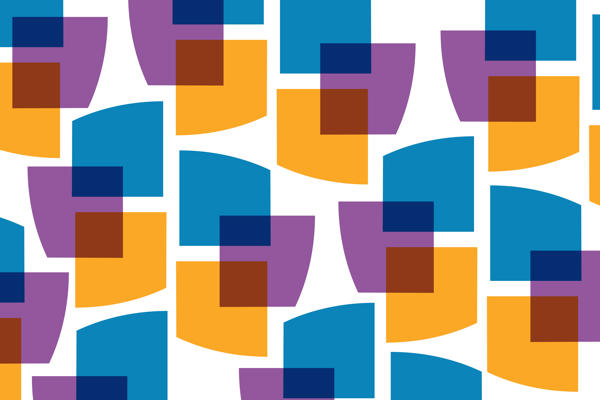For Halloween today we have two blog posts. A recipe against witchcraft from our archives and a survey of some of the writing about witches and witch-hunts that we have in the RCP library. If you’re keen for more on the spookiest time of year, there’s also last year’s post about the dance of death.
A good receipt ag[ain]st witchcraft Take vervaine, nightshade, Dill, of each 9 tops. Let all these be strayned together, & let ye party drink ye juice in white wine, if they feare the company of any such let them weare it in their shoes or under their arms.
This rather wet tip for self defence comes from a book of medical recipes written sometime in the 1600s. Nothing is known about the compiler. This is not unusual as these manuals were passed on through families and marriages and were used as a type of shared encyclopedia of useful knowledge of how to do everything from make a good broth to curing the plague.
The volumes often include examples of ‘charms’ and spiritual components. But they were usually grounded in the practical. Witchcraft, although considered to be a real spiritual and physical danger in the 17th century, was not a huge worry to those who compiled and used the manuals. There are usually only one or two witchcraft recipes in any volume. But treatments for toothache, headaches, sores, hair loss, fevers, consumption, the dangers of childbirth and a host of other conditions fill these volumes.
However, until the Witchcraft Act of 1735 England was periodically swept by witch hunts and trials during the early modern period. Men and women accused of witchcraft were routinely questioned under torture and subjected to horrific ordeals. They were often people who were elderly, unusual in some way, or estranged from the local community.
These volumes offer a fascinating glimpse into social history and cultural mores. Even the most prosaic volume contains elements which are considered outside the scope of medical treatments today. For example, treatments for the plague usually include instructions on regular prayer or spiritual health. Or treatments might include astrological components requiring plants to be harvested at certain phases of the moon.
The RCP has an extensive collection of these manuals, dating from the 16th to the 19th century, in the archives.
Pamela Forde, archive manager
Read about our historic collections on our weekly blog, and follow RCPmuseum on Twitter.




